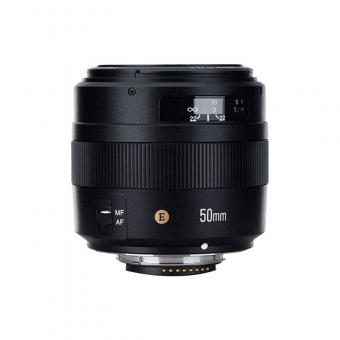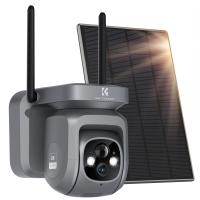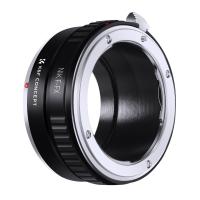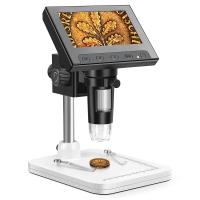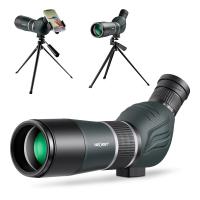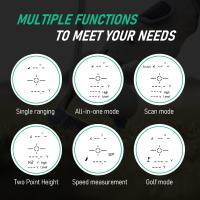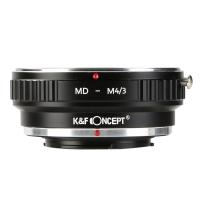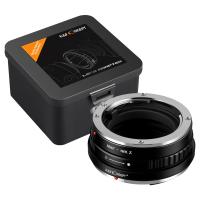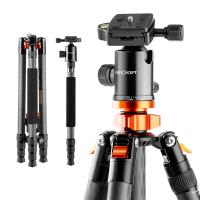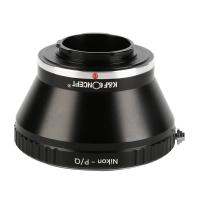How Big Was The First Digital Camera ?
The first digital camera, called the "DS-1P," was created by Kodak engineer Steven Sasson in 1975. It weighed 8 pounds and was the size of a toaster. The camera had a resolution of 0.01 megapixels and could only take black and white photos.
1、 Dimensions and Weight
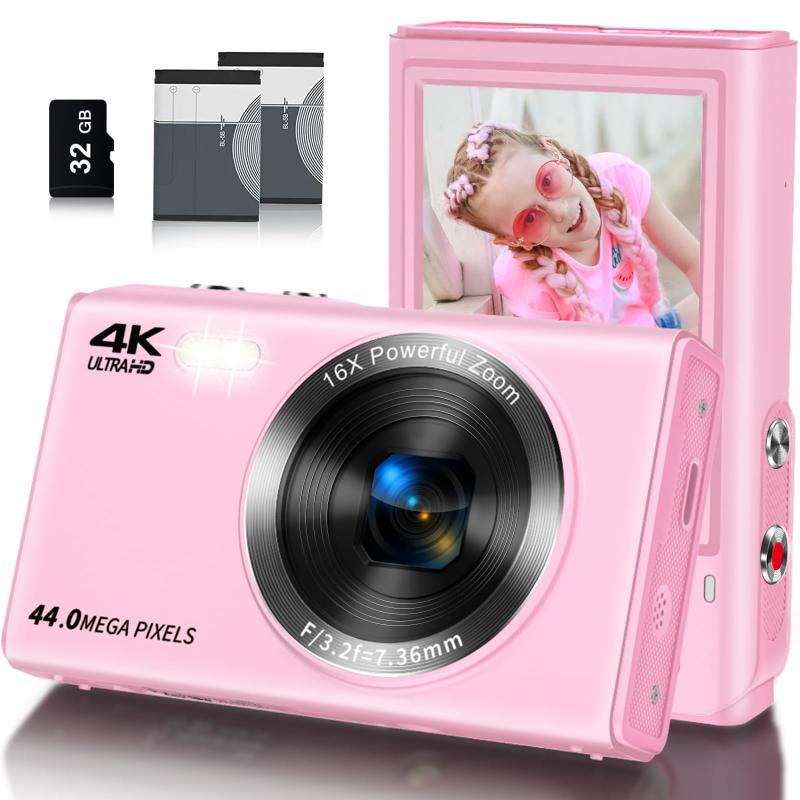
The first digital camera was invented in 1975 by Steven Sasson, an engineer at Eastman Kodak. The camera weighed 8 pounds and was the size of a toaster. It had a resolution of 0.01 megapixels and could only capture black and white images. The camera used a digital cassette tape to store the images, which could only hold up to 30 images.
In comparison to today's digital cameras, the first digital camera was incredibly bulky and had limited capabilities. However, it was a groundbreaking invention that paved the way for the development of modern digital cameras.
Today, digital cameras come in a variety of sizes and weights, ranging from compact point-and-shoot cameras to professional-grade DSLRs. The dimensions and weight of a digital camera depend on its features and intended use. For example, a compact camera designed for travel and everyday use will be smaller and lighter than a professional-grade camera with interchangeable lenses.
In recent years, there has been a trend towards smaller and more portable cameras, such as mirrorless cameras. These cameras offer the image quality and versatility of a DSLR in a smaller and lighter package. Additionally, advancements in technology have allowed for higher resolution sensors and faster processing speeds, resulting in better image quality and faster performance.
In conclusion, the first digital camera was a bulky and limited invention, but it paved the way for the development of modern digital cameras. Today, digital cameras come in a variety of sizes and weights, with advancements in technology allowing for smaller and more capable cameras.
2、 Image Quality

How big was the first digital camera? The first digital camera was invented in 1975 by Steven Sasson, an engineer at Eastman Kodak. It weighed 8 pounds and was the size of a toaster. The camera used a CCD sensor to capture black and white images with a resolution of 0.01 megapixels. The images were stored on a cassette tape and could be viewed on a television screen.
Since then, digital cameras have come a long way in terms of size and image quality. Today, digital cameras are much smaller and more portable, with some models fitting in the palm of your hand. They also have much higher resolutions, with some cameras capable of capturing images with over 100 megapixels.
However, image quality is not just about resolution. Other factors such as dynamic range, color accuracy, and low light performance also play a crucial role in determining the overall quality of an image. In recent years, camera manufacturers have made significant advancements in these areas, with some cameras now capable of capturing images with incredible detail and color accuracy even in low light conditions.
Overall, while the first digital camera was large and had limited image quality, today's digital cameras are much more advanced and capable of producing stunning images.
3、 Storage Capacity
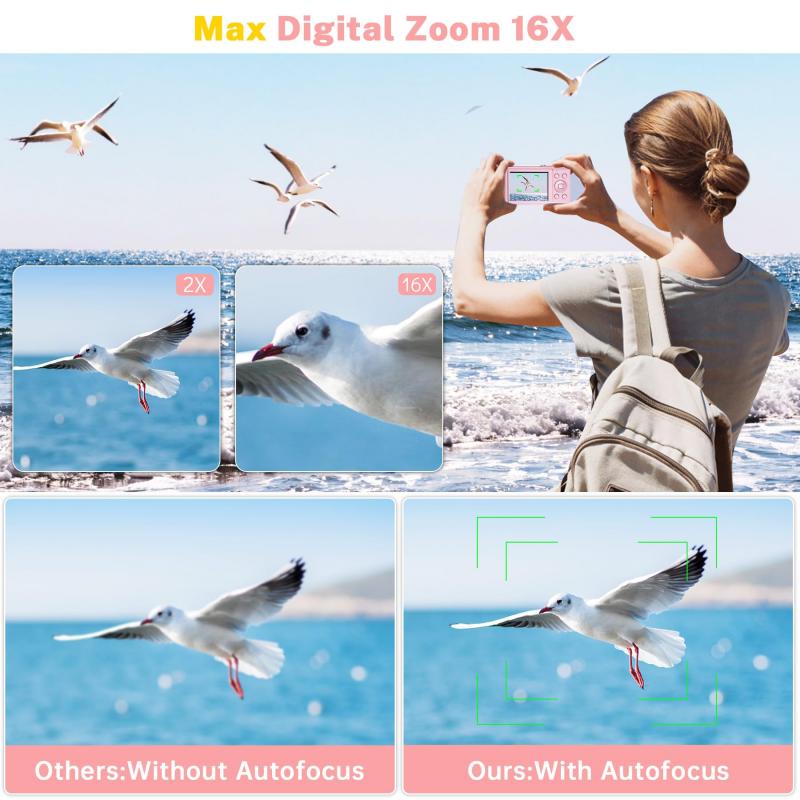
The first digital camera was invented in 1975 by Steven Sasson, an engineer at Eastman Kodak. This camera weighed 8 pounds and was the size of a toaster. It had a resolution of 0.01 megapixels and could only capture black and white images. The camera used a digital cassette tape to store the images, which could only hold up to 30 images.
In terms of storage capacity, the first digital camera had very limited storage capabilities. The digital cassette tape used to store the images could only hold up to 30 images, which is a far cry from the storage capacity of modern digital cameras. Today's digital cameras can store thousands of images on a single memory card, with some memory cards capable of holding up to 1 terabyte of data.
The first digital camera was a groundbreaking invention that paved the way for the digital photography revolution. While it had limited capabilities compared to modern digital cameras, it was a significant step forward in the development of digital imaging technology. Today, digital cameras are ubiquitous and have become an essential tool for photographers and everyday users alike. With advancements in technology, digital cameras continue to evolve, offering higher resolutions, faster processing speeds, and larger storage capacities.
4、 Battery Life
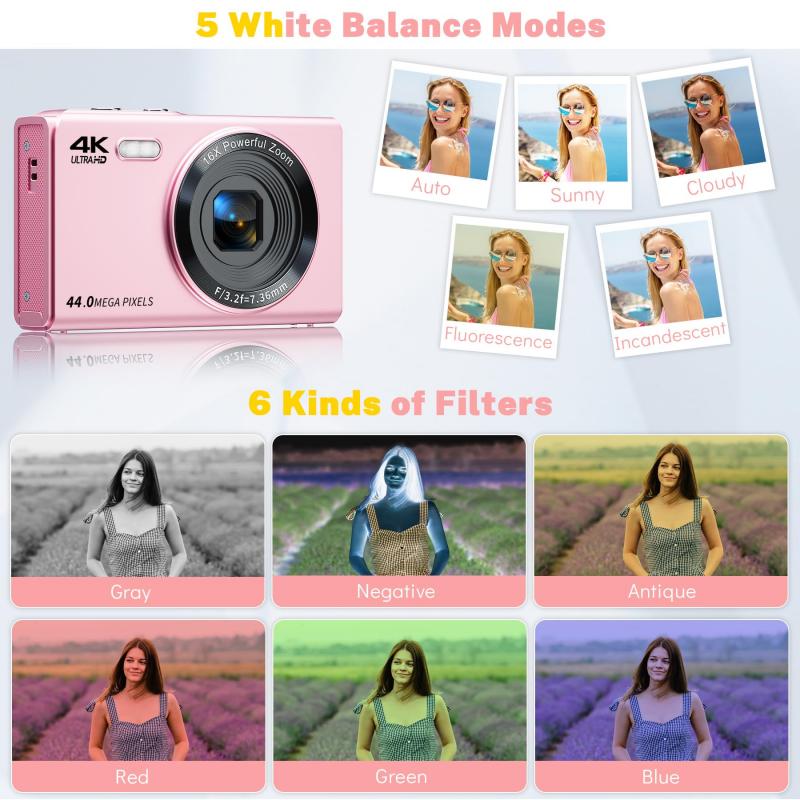
How big was the first digital camera?
The first digital camera was invented in 1975 by Steven Sasson, an engineer at Eastman Kodak. It weighed 8 pounds and was the size of a toaster. The camera used a CCD sensor to capture black and white images at a resolution of 0.01 megapixels. The images were stored on a cassette tape and could be viewed on a television screen.
Compared to today's digital cameras, the first digital camera was massive and had very limited capabilities. However, it was a groundbreaking invention that paved the way for the development of modern digital cameras.
Battery Life:
The battery life of the first digital camera was also very limited. The camera used 16 AA batteries to power the CCD sensor, digital circuitry, and cassette tape drive. The batteries could only power the camera for about 30 minutes of continuous use.
Today's digital cameras have much better battery life, thanks to advancements in battery technology and power management. Many modern cameras can take hundreds of photos on a single charge and can last for several hours of continuous use.
In conclusion, the first digital camera was a massive and bulky device with limited capabilities and battery life. However, it was a groundbreaking invention that paved the way for the development of modern digital cameras. Today's digital cameras are much smaller, more powerful, and have much better battery life, making them more convenient and versatile for photographers.

















